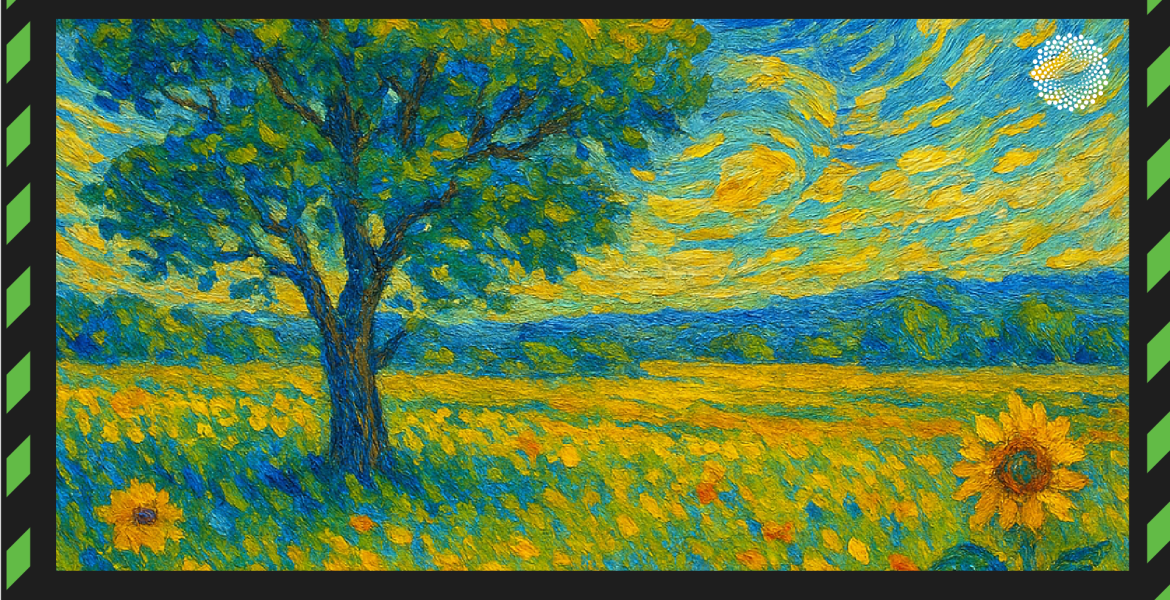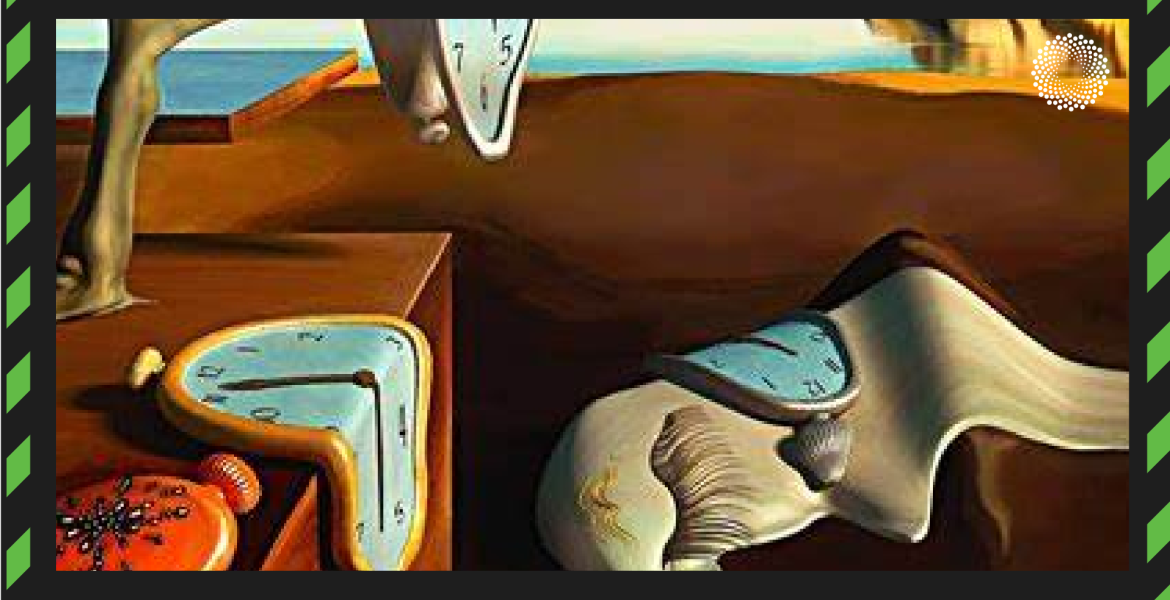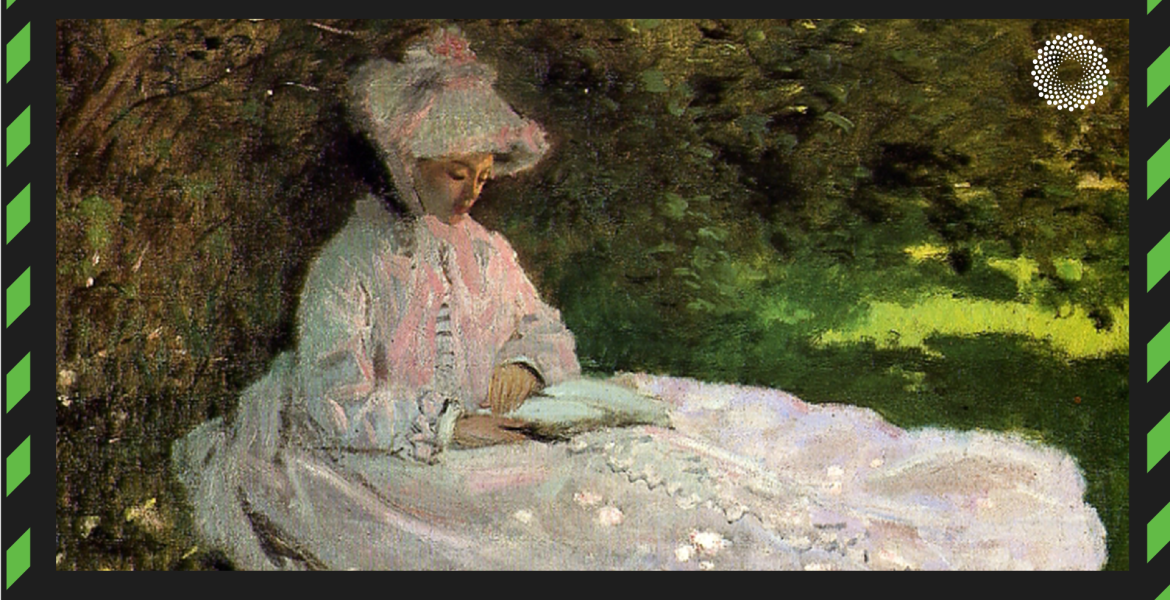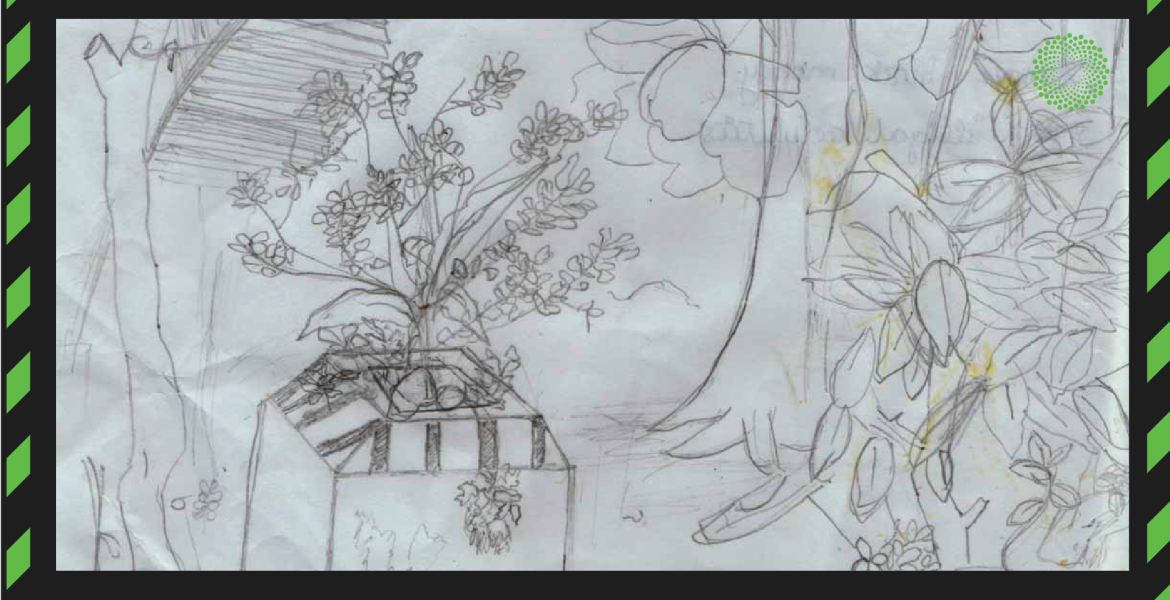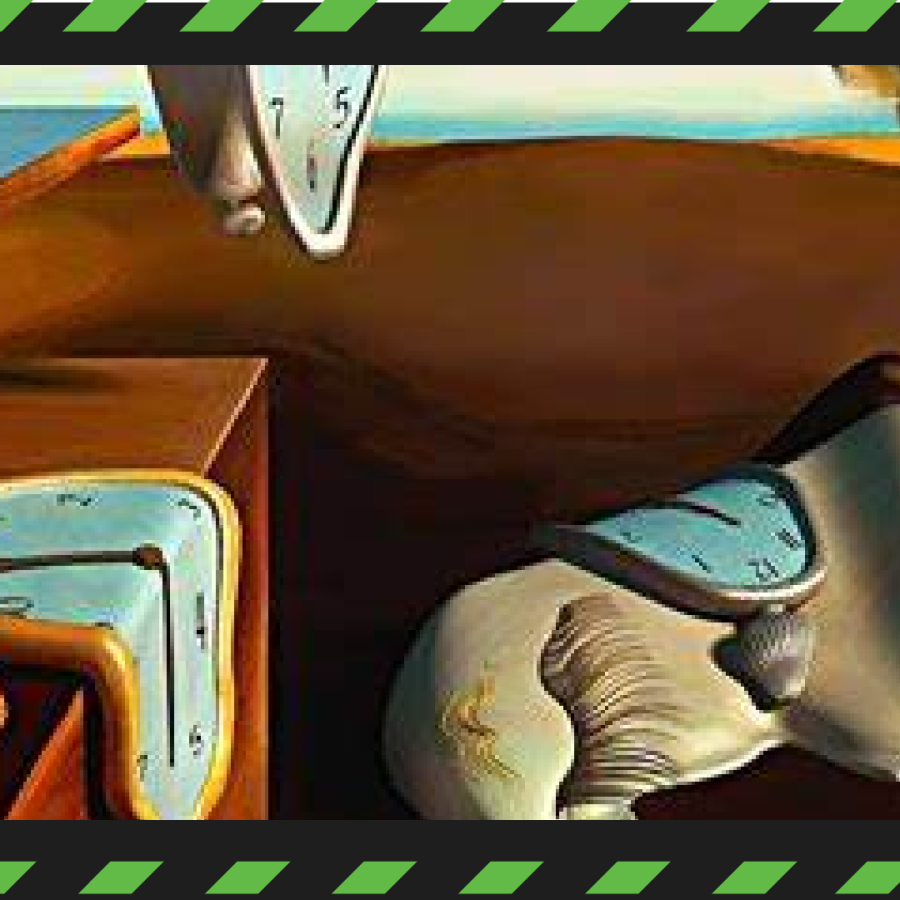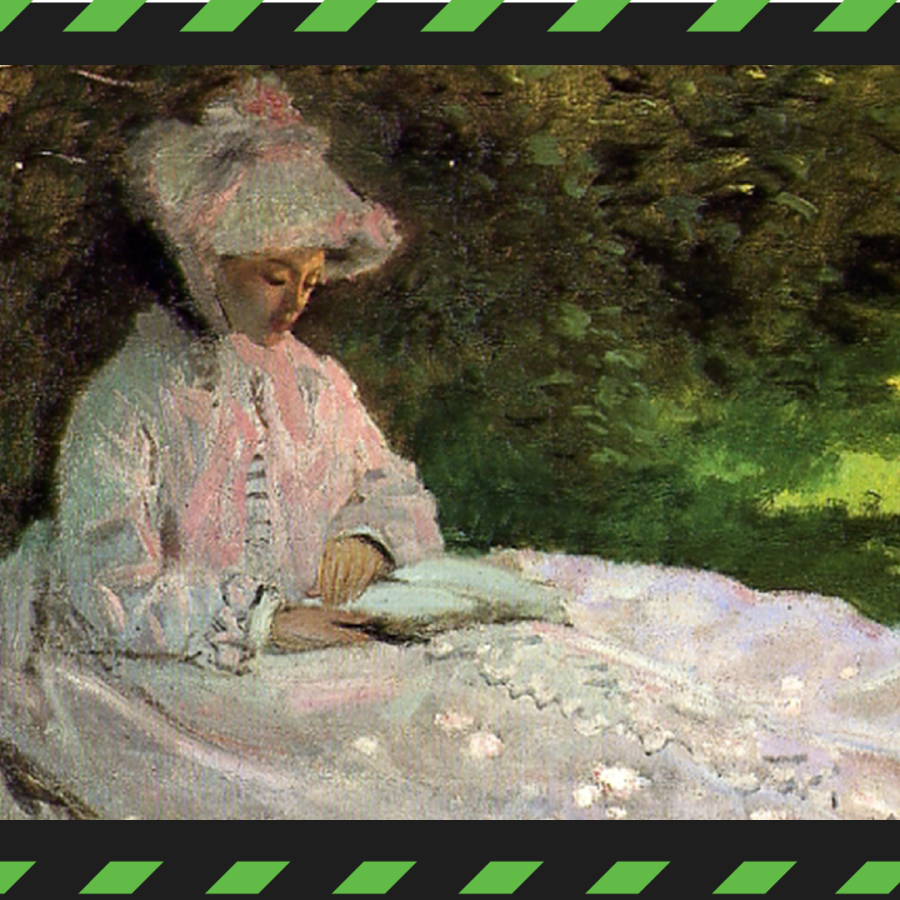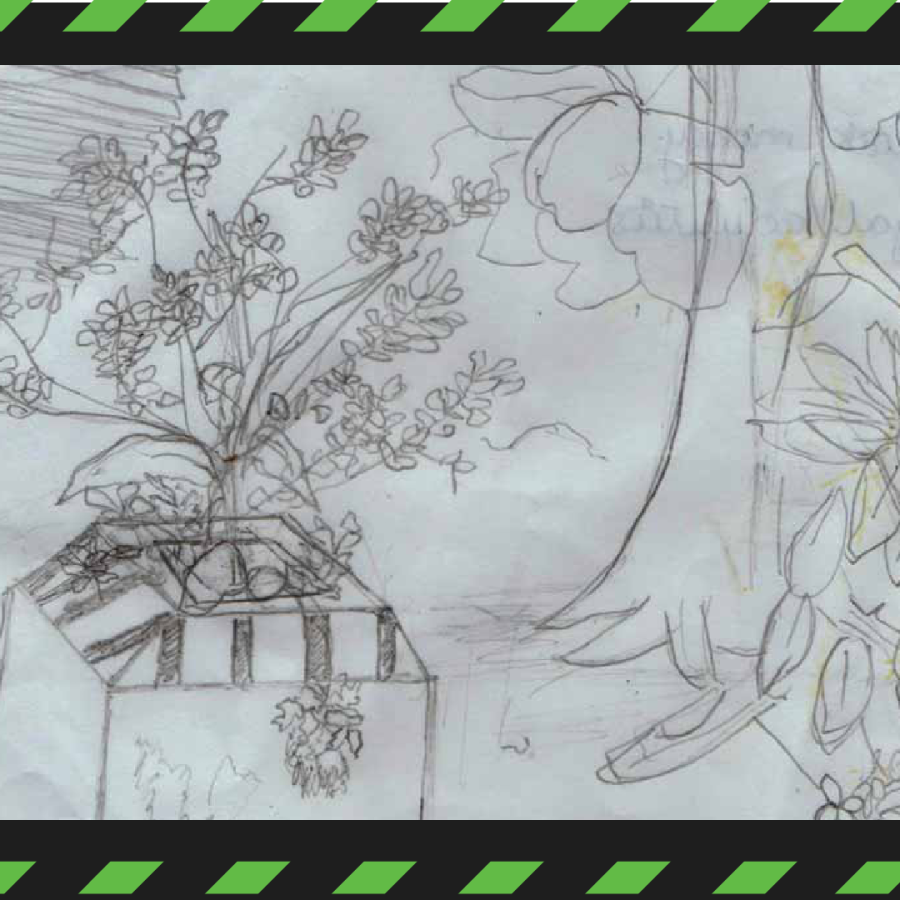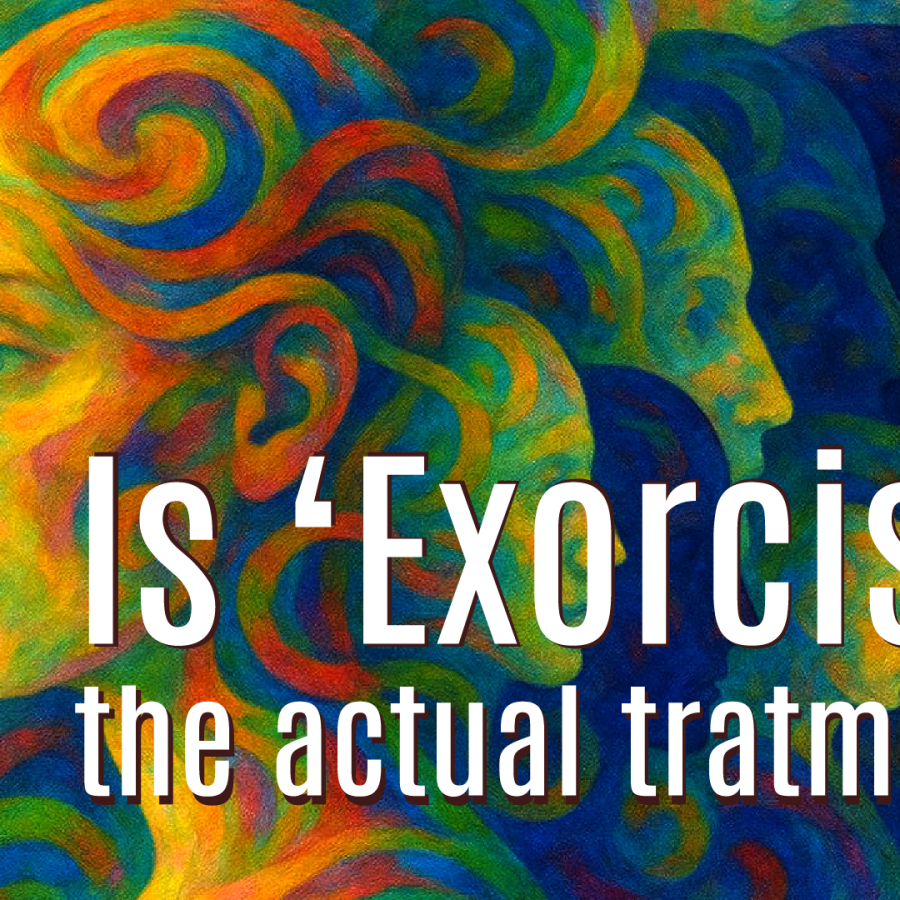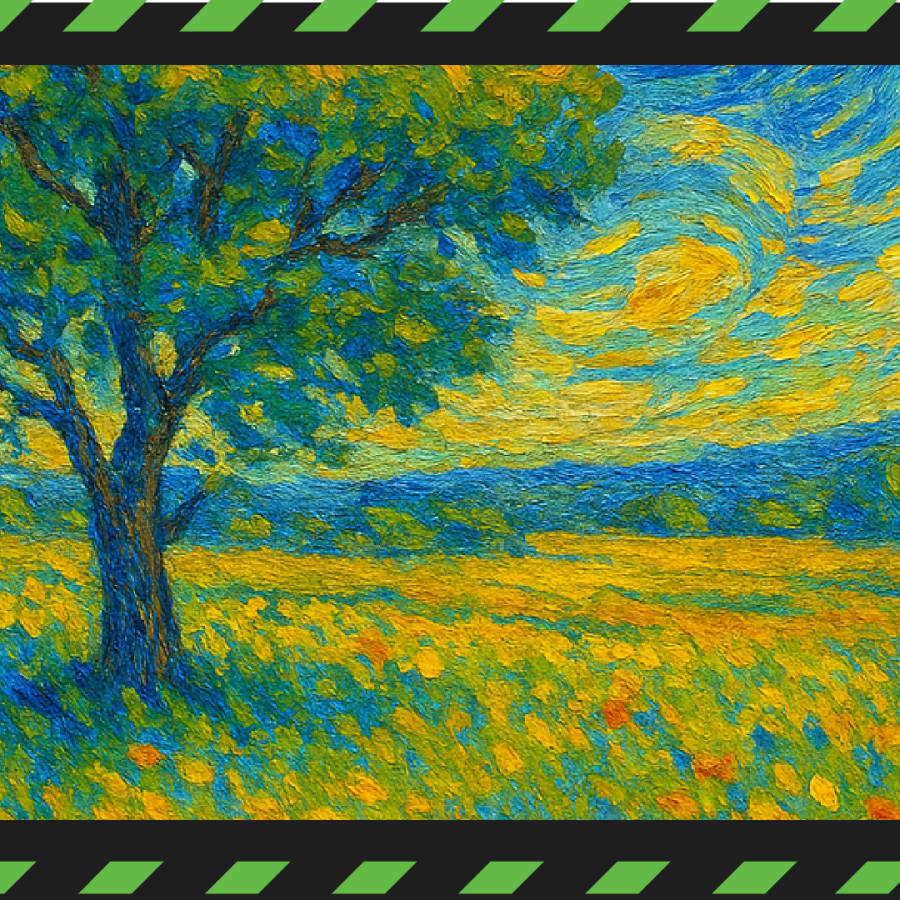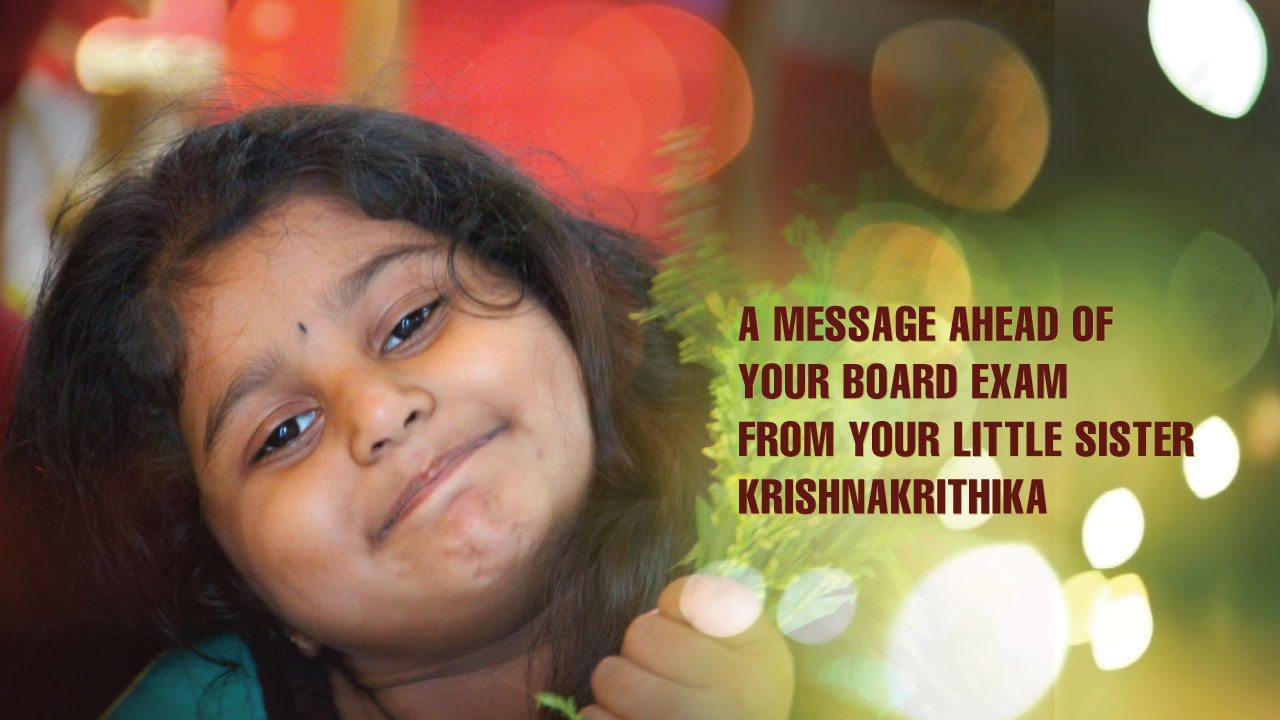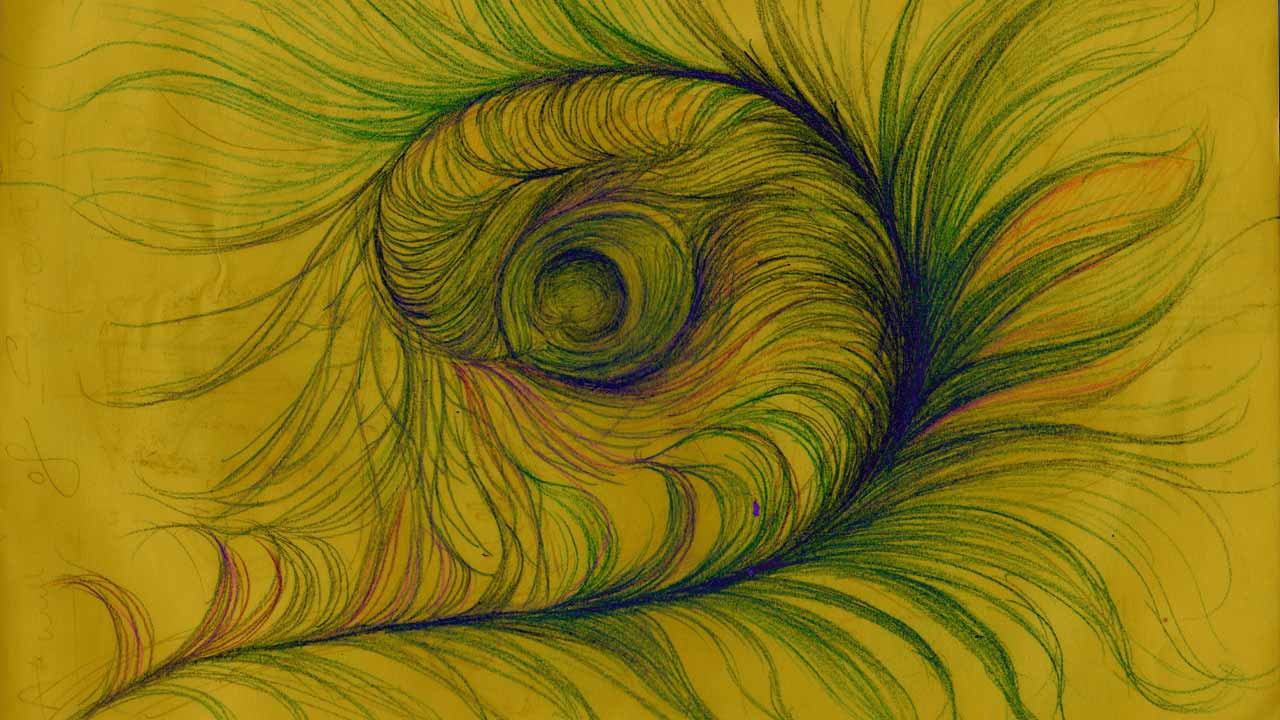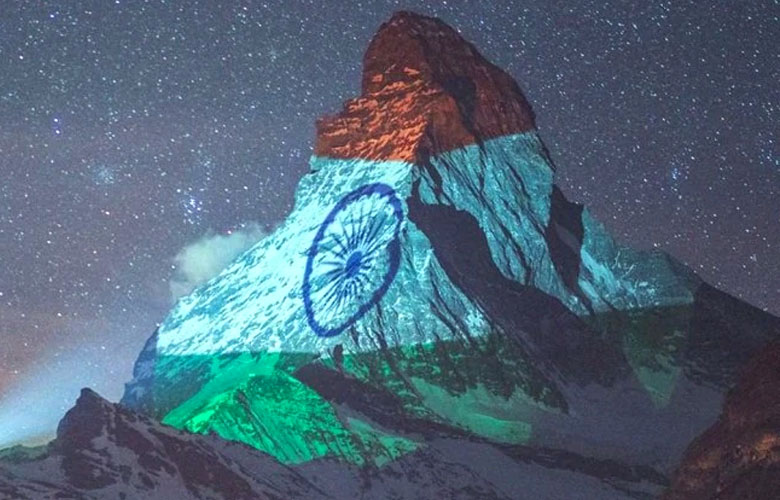A dance form from North India, Kathak has gained immense popularity for its sparkling footwork, fast whirling movements and subtle abhinaya or mimetic dance.
Kathak is said to be derived from the word Katha, meaning “the art of storytelling” and the word Kathakar “the story teller”. There is a popular saying in Hindi saying “Katha Kahe So Kathak”, one who tells a story is a Kathak). It appears that in ancient times, a class of professional story tellers recited the epics and mythological stories from Mahabharata and Ramayana with an added element of Abhinaya(acting). While reciting they, danced and acted. The art form was handed down from one generation to another in a hereditary manner as an oral tradition.
Later the Mughals banned this art form from being performed in temples and were made to perform in royal courts for sheer entertainment. The kathakars had to change with history and the royal orders and it was there that they developed a style of pure entertainment for the emperors. Medieval traditions imparted Kathak a distinct Hindu-Muslim texture. Thus, with the passage of time Kathak went on changing its form and character. This change was also reflected in the dress of Kathak dance.
During the nineteenth century Kathak enjoyed a revival and gained prominence among the kings and zamindars (feudal lords) not only as a form of entertainment but also as a classical art form. Slowly and gradually Gharanas or schools of Kathak emerged. The Jaipur Gharana of Kathak emphasized technical mastery of pure dance. In the court of Wajid Ali Shah, the Nawab of Oudh (a student of Kathak), Kathak dance emphasized dramatic and sensuous expression and developed into a distinct style called the Lucknow Gharana.
Kathak dances are performed straight-legged and the ankle bells worn by the dancers are skillfully controlled. In Kathak dance the emphasis is more on footwork as against hasta mudras or hand formations in Bharatnatyam dance. Kathak dance can be performed by both men and women. A Kathak dancer is not required strictly to stick to fixed steps and stages in. He or she can change the sequence of steps to suit his or her skill and style of dancing. Modern exponents of Kathak dance are Birju Maharaj and Uma Sharma.

